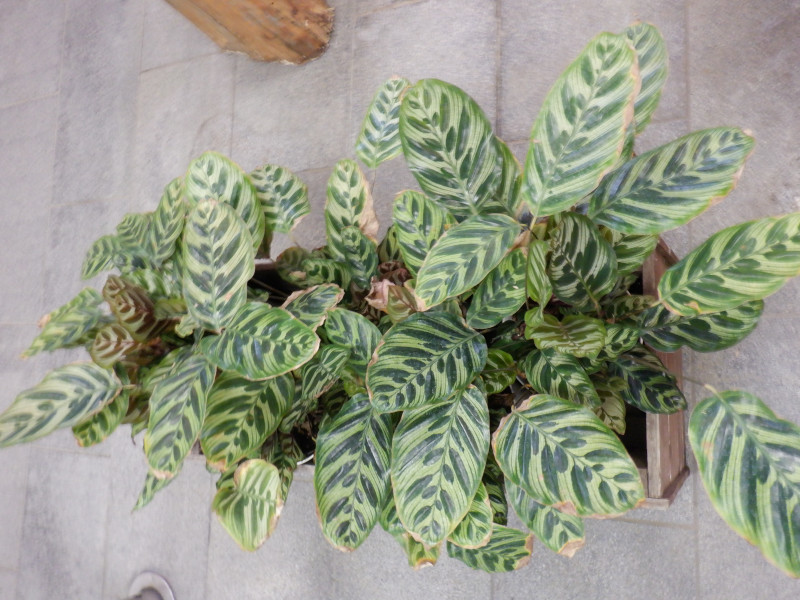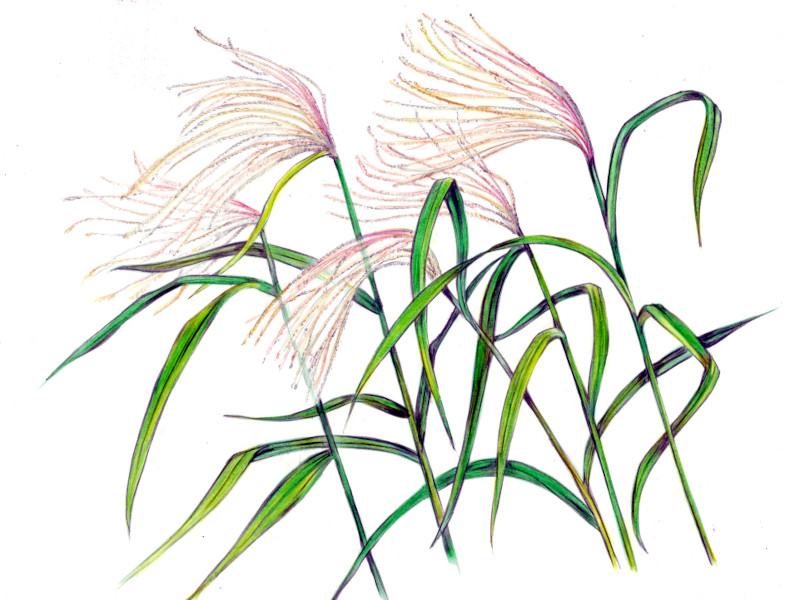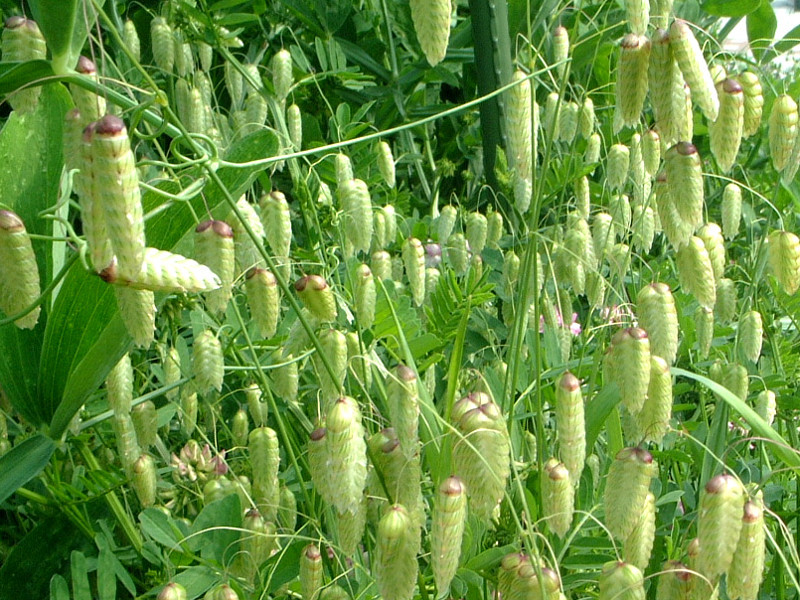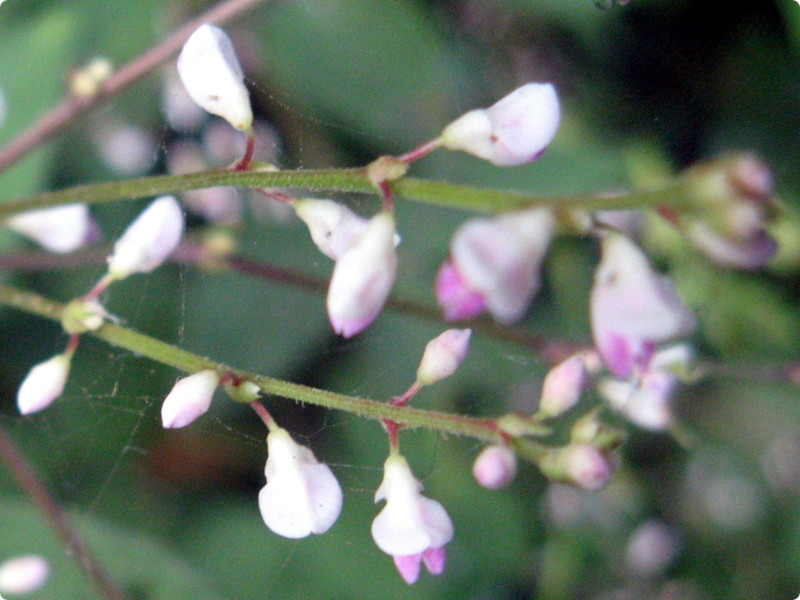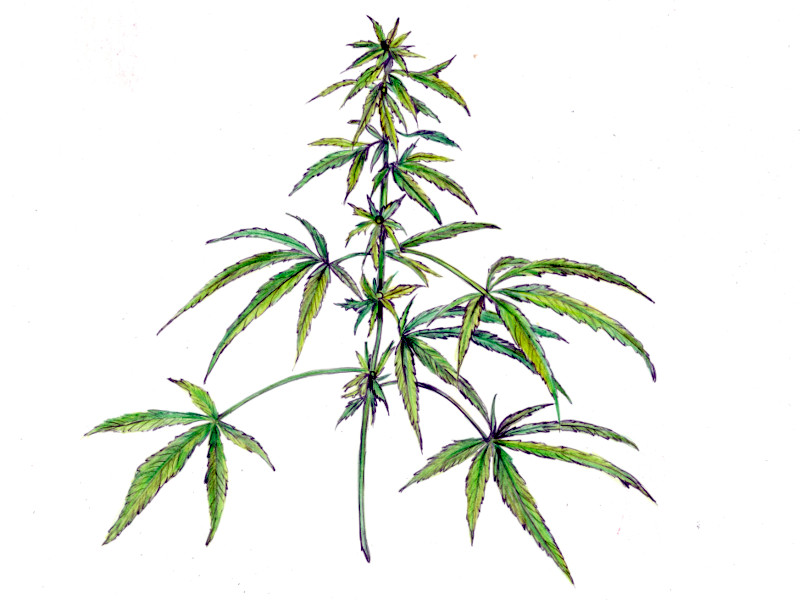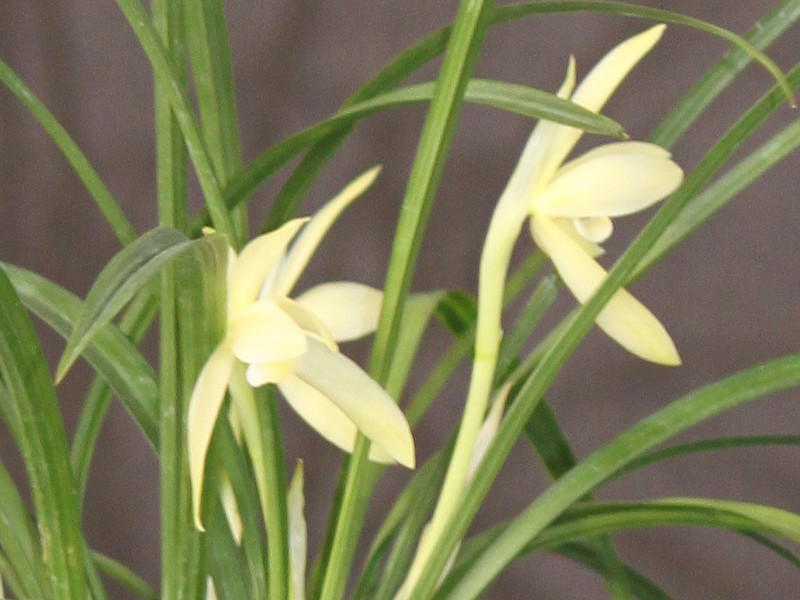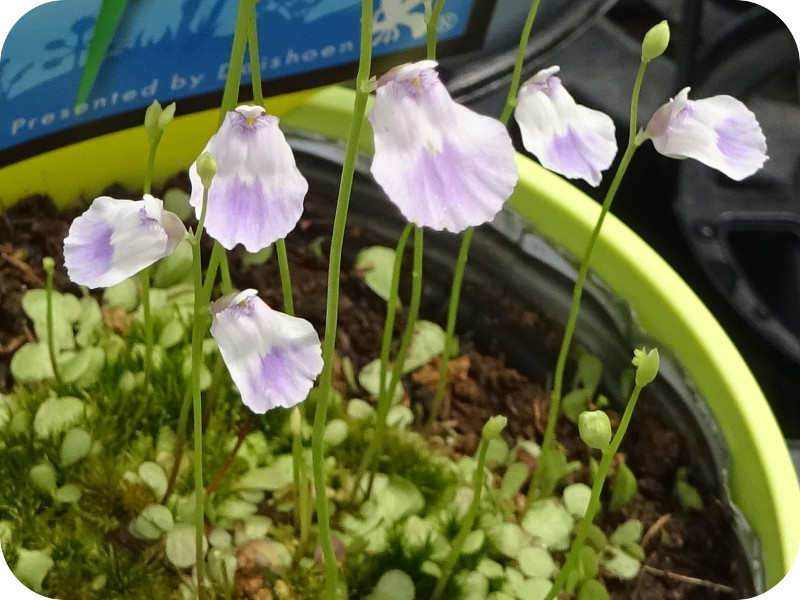Goeppertia makoyan
- Flower nameGoeppertia makoyan
- Scientific nameGoeppertia makoyana
- AliasJungle velvet, 五色矢羽根蕉, ゴシキヤバネショウ, makoyana, カラテア・マコヤナ
- Place of originBrazil
- Place of floweringGreenhouse, Subtropical region
- Flowering season
What is Goeppertia makoyan
Goeppertia makoyana (scientific name: Goeppertia makoyana, formerly Calathea makoyana (Synonymus: Calathea makoyana) is a representative variety of Goeppertia (Calathea), native to Brazil. It is one of the 200 species that formerly belonged to the genus Calathea that have been placed in the genus Goeppertia (makoyana). The scientific name was changed to Goeppertia makoyana and the flower name was changed to >Geppertia makoyana, but it is still distributed under its former scientific name, Calathea makoyana. It is also known as goshikiyabanebasho, makoyana, peacock plant, cathedral windows, and jungle velvet.
The name 'Peacock plant' is derived from the leaf pattern, which resembles the pattern of a peacock's tail feathers.
The grass is about 45 cm tall and the leaves are about 20 cm long. The leaves are broadly oval and glossy velvety. The leaves have different colors on the front and back. At night, the leaves rise up and close like "prayer plants" and reopen at dawn. The front of the leaf is light green with dark green pinnate leaf spots and dark green margins. The underside of the leaf is a light purple-red with purple-red pinnate leaf spots and brownish ruffled edges. It is used as a houseplant and color leaf, and is suitable for moist bathrooms and kitchens, similar to its native environment.
Common name: Goeppertia makoyana, scientific name: Goeppertia makoyana, Synonymus: Calathea makoyana, also known as Goshiki Yabane Basho, Makoyana, Peacock plant, Jungle velvet, Origin: Brazil, Plant height: 45 cm, Leaf shape: broadly ovate, Leaf texture: velvety, Leaf margin: gently wavy, Leaf color: green on front, red on back with feathery pattern, Flower tip color: pale yellow (sometimes red), Calyx color: pale yellow; flower color: white; number of petals: 3; number of sepals: 3; flowering season: summer.

